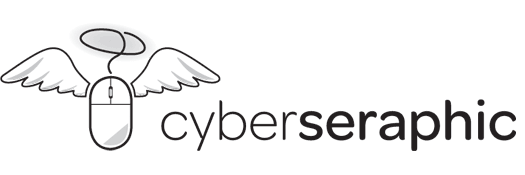Viva la revolution! Hic!
Hello patient friends! I’ve been absent from the blogging world for a week or so while rearranging my digital toolkit – hope you haven’t forgotten about me and my September ad-French-ure! Yes, sadly it’s November now and the mists of time are already starting to cloud my memories of the trip but hopefully these photos will loose a few last nuggets.
- Part 1 – September ad-French-ure
- Part 2 – Show me the Monet! (Giverny)
- Part 3 – The abbey on the rock (Mont Saint-Michel)
- Part 4 – Villains at Villandry! (Villandry)
- Part 5 – The lady of the lake (Chenonceau)
- Part 6 – Blois, Blois, Blois… (Blois)
- Part 7 – Da Vinci would’ve thought of a better post title (Amboise)
- Part 8 – Viva la revolution! Hic! (Fontainebleau and Reims) (You are here!)
- Part 9 – And we thought our election was bad (Wetteren and Leuven)
- Part 10 – Moon Festival (Hong Kong)
—-
We’d been chateau-hopping for about a week by now, and our kind and generous parents/hosts were starting to feel a little bit homesick, not to mention a bit keen to try out their new toy – the Apple iMac that we’d been kicking around the whole trip (see previous post), so we bid “adieu” to La Loire and began the trip North back to Belgium.
In this time, Jenny and I had fallen thoroughly in love with France, so we pestered our parents for one last stop: Reims. We’d heard news from home that there’d been a bomb threat at the Eiffel Tower, which reconfirmed our decision to avoid Paris on this trip, so it was entirely appropriate – and not too far out of the way – to take a wide berth around the City of Lights anyway.
It’s a long trip, so we made a very brief stop over at Fontainebleau, famous for its association with the French Monarchy (and another chateau).
Oh yeah, I should probably mention that Jenny saw a woman coming out of Chateau Fontainebleau holding a clutch of pears, so we went around the whole place looking for them, and eventually found and nicked a couple out of habit.
We arrived in Reims late in the afternoon. Reims is a larger and more cosmopolitan city than the ones that we’d previously been to, and the camping site was situated very close to a new shopping strip. Having been largely denied thus far (or at least limited to either little village boutiques, or massive super- and hyper-markets), our shopping instinct kicked in and we suddenly had a strong desire to stay a bit longer. In the end we managed to negotiate a full day in Reims even though it meant that Jozef would have to drive us back to Belgium during the late evening and into the night (difficult at the best of times).
The primary goal, of course, was to take a tour of the Champagne cellars of the famous brands: Veuve Cliquot*, Moet & Chandon, etc. Sadly, Moet was in Epernay, too distant for the short amount of time that we had; Veuve Cliquot was closed(!) and so we ended up booking a tour with Taittinger.
But first, dinner:

Ah, the joys of being Asian. Already red, and haven't even had a sip yet (I'm having a Rose champagne)
The next morning, when we arrived at the cave (French for “cellar” – you’ll see why in a sec), we were dismayed to learn that the “refurbishment curse” had struck again as the Taittinger building was being reconstructed. However the cellars were intact, which is what we had come to see anyway.
The English-language guided tour that we joined proved that Aussies are a mob of boozers. There were about 20 people in the group and more than half were Australian.

These caves contain tens-of-thousands of bottles each. If I remember right, they produce like 3-4 million bottles a year
A quick aside from ogling at the grog for a quick education: champagne cellars tend to congregate in regions where there is chalk. The physical properties of chalk caves creates the steady, precise temperatures required in the champagne-making process; at the lowest level of the cellars, it’s a nippy 10 degrees.
The Taittinger cellar, like many others, is situated inside the corridors of an ancient Roman mine. Those crafty Romans carted off the chalk to make building materials, leaving these large, cavernous holes which just so happen to be perfect for making wine in.
OK, back to the grog…

Cheers! We got rorted 'coz we were too busy taking photos to grab the glasses, hence we ended up one short.
I must admit I was never a big fan of champagne before, probably because the only kind I ever drink is the cheap stuff that gets served at weddings and on “special occasions”. But the Taittinger was delicious, and one of the first things that we did when we eventually got home was to crack open the Moet & Chandon that we got given as a wedding present.
We brought back a bottle of Les Folies de la Marquetterie – a champagne matured in oak barrels – which isn’t available outside of France, as well as a pack containing smaller-sized bottles of Brut Réserve, Brut Prestige Rosé and Nocturne. The difficulty now is finding a special occasion to drink them, and deciding which of our friends to drink them with!
And with that, we toasted the end of the French part of our trip (although we would see France once more before we left, since our return flight was out of Paris). Next stop, home!
—-
* Jozef chided me for referring to Veuve Cliquot as just Veuve (like most people in Australia do), because by itself, the word means “widow” and sounds either morbid or disrespectful in French.




















